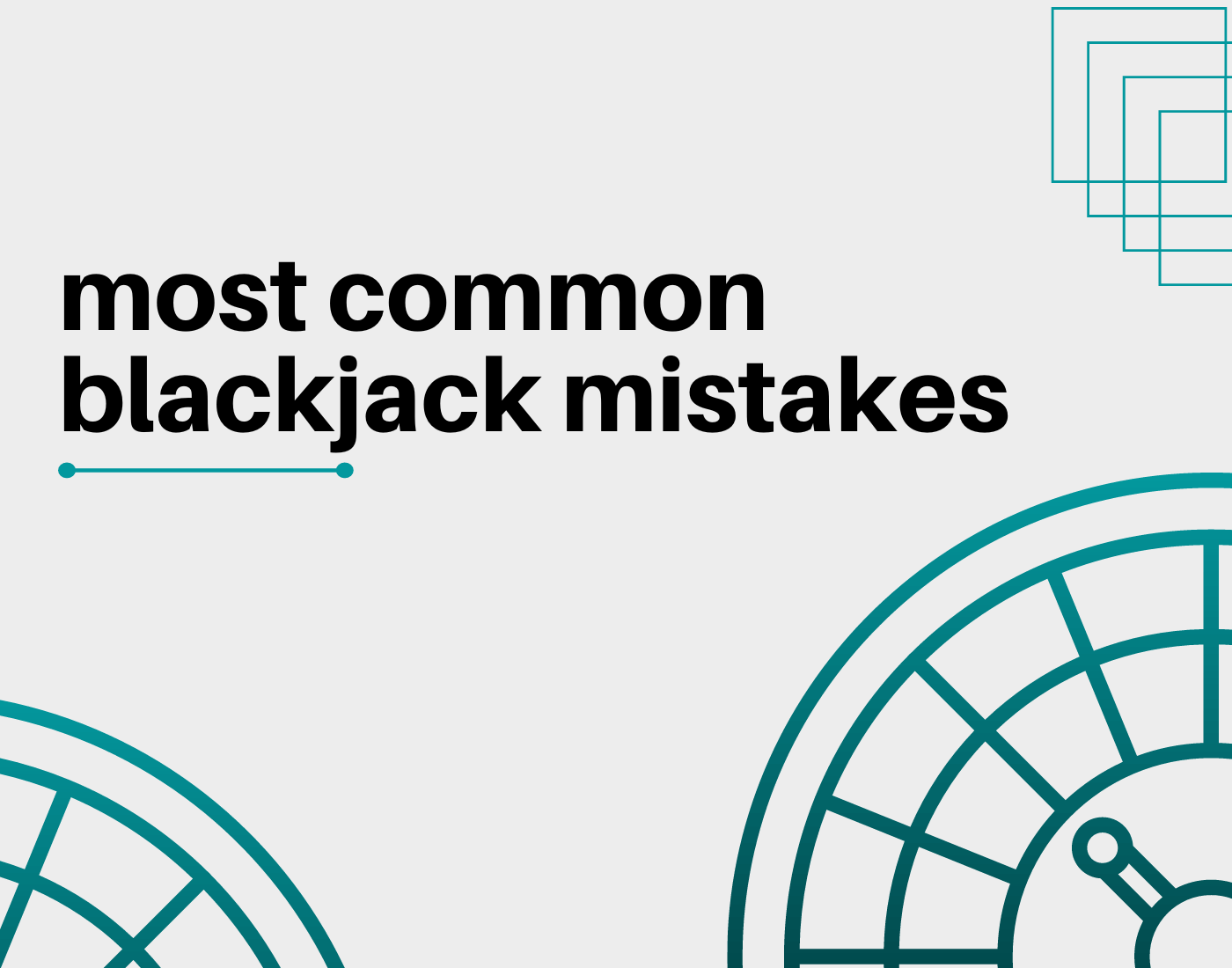
Despite being a popular casino game, blackjack can be tricky to play. There are a number of common mistakes that novice players make, which can have a negative impact on their gaming experience.
One of the most common mistakes is not reading the table rules properly before playing. This can have a significant impact on your blackjack experience and your odds of winning.
Basic strategy
Blackjack is one of the most popular card games in the world and it can be challenging to play. However, if you follow basic strategy and make smart betting choices, you can significantly reduce the house edge and increase your chances of winning.
It is also worth mentioning that it takes a lot of practice to master this game and even more to beat the house. For this reason, it’s a good idea to practice basic strategy before you start playing at a casino.
The history of basic strategy dates back to the 1950s when four US army engineers devised a system that was tested on an IBM computer by mathematician Edward Thorp. It was based on statistical probabilities and calculated the best possible move for every hand and dealer up card combination.
It was then refined by Julian Braun, a computer specialist from IBM. The charts generated by these scientists are still used today to help players play the game.
Insurance bets
Insurance is a side bet that you can make in blackjack. This wager is independent of the main bet and pays 2 to 1.
The odds for winning insurance bets depend on a number of factors. They include the amount of decks being used and the number of 10-value cards that have already been dealt.
While it might seem logical to take an insurance bet, it’s not always worth it. This is because it’s a losing bet in the long run.
In fact, it’s often considered a poor move for players who have a weak hand. It’s also a mistake for those who are not familiar with basic strategy or card counting.
However, if you’re an experienced player, you can use a tool called card-counting to determine when there are enough tens in the deck to make this a profitable bet. You can learn more about this in Chapter 10 of my Ultimate Blackjack Strategy Guide.
Dealer’s face-up card
The dealer’s face-up card is one of the most important things to pay attention to when playing blackjack. It gives players information about the dealer’s hand and its total value.
Whether a player should hit, stand, split or double down depends on the dealer’s hand and its total. It is also important to use hand gestures and verbal announcements with the correct hand signals depending on the type of blackjack game you are playing.
A common blackjack mistake is to split a pair of Tens when the dealer’s up card is a 6. This will give the dealer two sets of 20 instead of one.
Dealer’s face-down card
The dealer’s face-down card is a crucial part of blackjack game. It determines whether the dealer must stand, or take more cards until their total is 17 or higher.
In a traditional game, the dealer’s face-down card is not dealt until the player has played their hand. This minimizes the risk of players accidentally revealing their hole card and giving the dealer an edge.
Some dealers slide their face-down card over a small mirror or electronic sensor to check for naturals. This can be an effective tactic, but it is not always used.
One of the most common blackjack mistakes involves not understanding the dealer’s face-down card. This can lead to players splitting valuable pairs or doubling when they should stand, which isn’t a good idea.